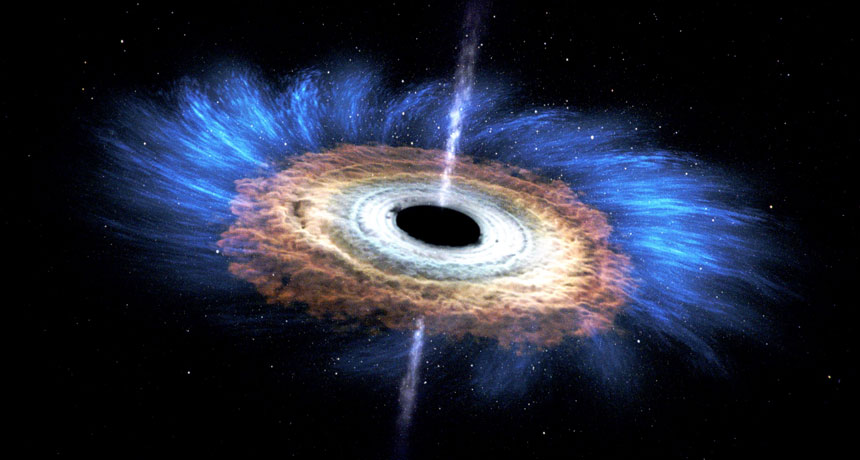Superconductors may shed light on the black hole information paradox
Scientists are trying to understand what happens to information that falls into a black hole

MIRROR, MIRROR When black holes evaporate, where does the trapped information go? One potential explanation, that the black hole (illustrated) reflects the information instead of trapping it, has parallels with the behavior of materials that conduct electricity without resistance.
NASA Goddard Space Flight Center







